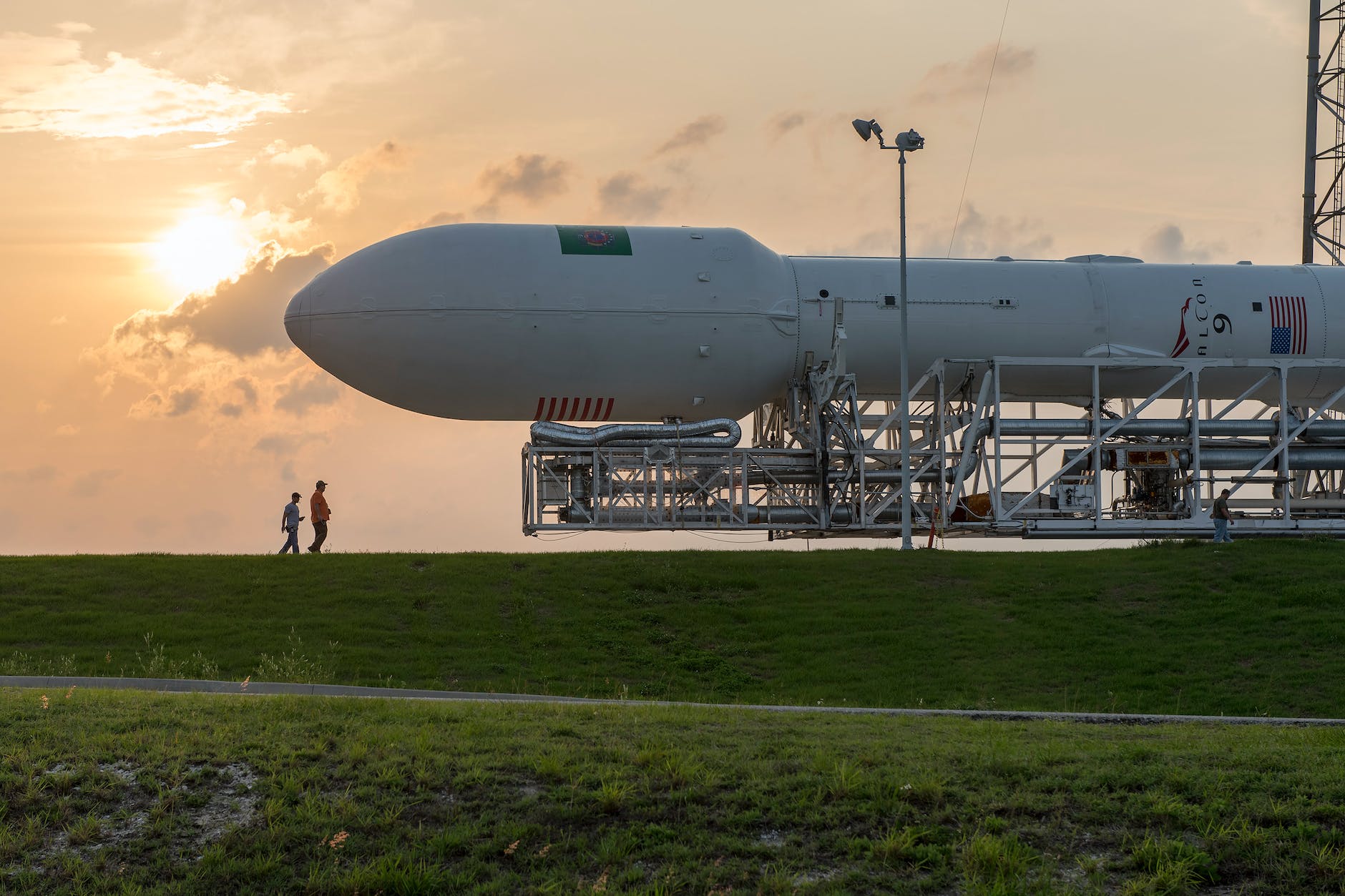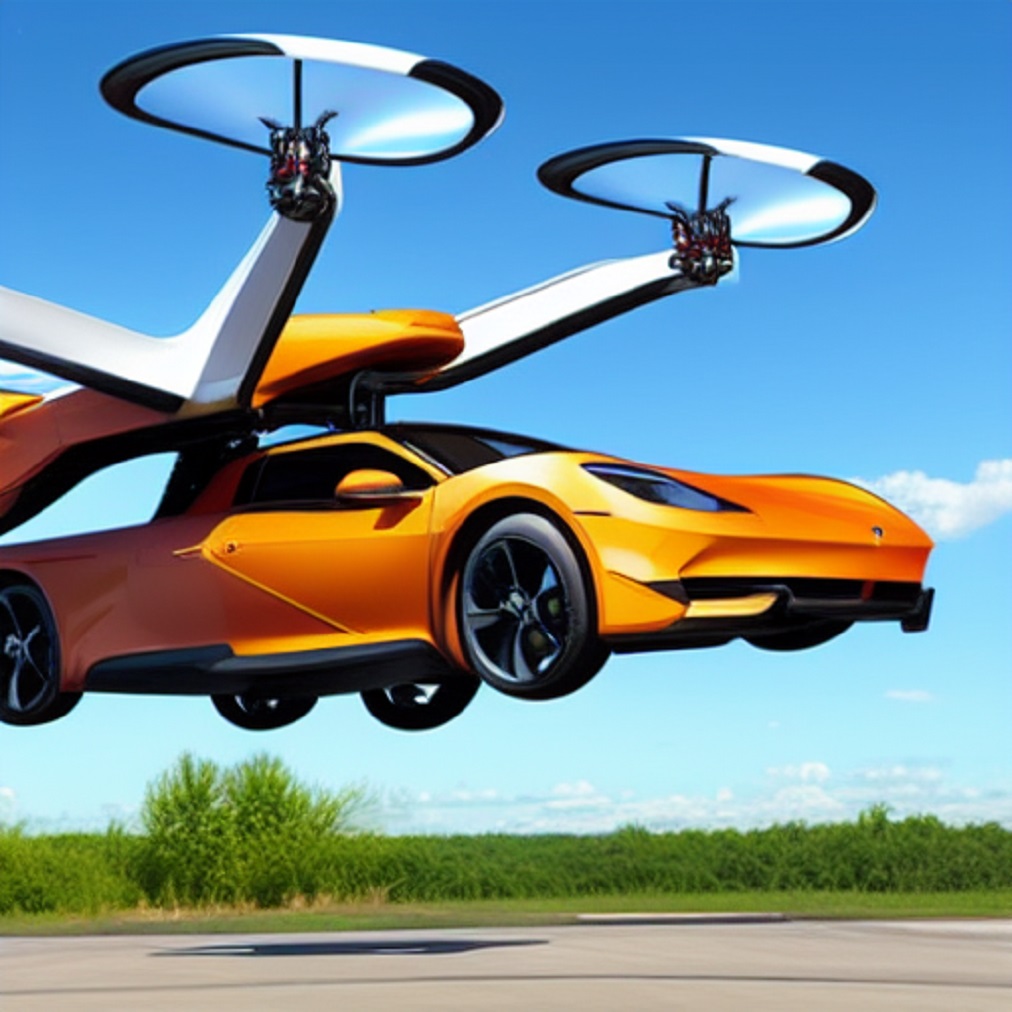
Flying Cars: The Future of Transportation
Flying Cars
Flying Cars can fly! While the idea may seem like something straight out of a Jetsons sci-fi movie, the truth is that it is not as far-fetched as you may think.
So buckle up (or should I say, fasten your seatbelts AND put on your helmets?), as we explore the world of flying cars and what the future may hold. We startup this article with a quick question.
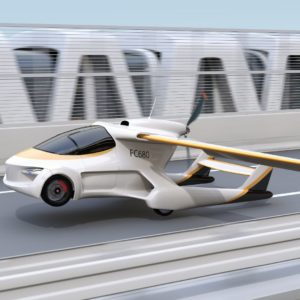
What are Flying Cars?
Flying cars are vehicles that can travel both on the ground and in the air. They are essentially a hybrid between a traditional car and a small propeller airplane. With the airworthiness to take off, fly, and land vertically, without the need for a runway. You can find them every year at CES.
The idea of soaring cars has been around for decades. With numerous attempts and prototypes over the years. However, until recent drone technology, the technology and infrastructure required to make them a reality were simply not available.
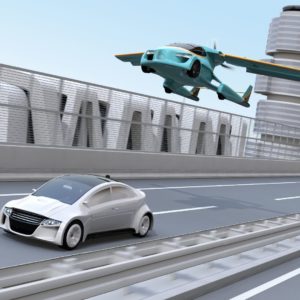
Companies with Flying Cars
For the first time, there are several companies that have made significant flight testing strides in developing flying cars. Perhaps the most well-known of these is Hyundai, Alauda Aeronautics, Rolls Royce, BMW, vtol, Uber, which has partnered with aircraft manufacturers such as Boeing and Bell to develop its own air taxi service called Uber Air.
Other notable companies in the space include Terrafugia, which has been working on its Transition flying car for over a decade, and Pal-V, which aims to release its Liberty flying car in the near future. Even established automakers like Toyota and Porsche have recently announced their intentions to explore flying vehicles.
PAL-V Liberty
The PAL-V Liberty is a flying car that has been designed to revolutionize the way we travel at maximum speed. This innovative vehicle can transform from a car to an aircraft in just a few minutes, giving you the ultimate freedom to go wherever you want, whenever you want. The PAL-V Liberty is powered by a powerful engine that can reach speeds of up to 100 mph on the ground and 112 mph in the air. With its sleek design and advanced technology, this flying car is set to change the way we think about transportation forever.
Renault AIR4
Renault has been exploring the concept of flying cars and has developed a prototype called AIR4. This innovative vehicle is designed to take off and land vertically, making it ideal for urban environments where space is limited. The AIR4 has four rotors that allow it to fly at speeds of up to 60 mph and reach altitudes of 500 feet. It can travel up to 80 km on a single charge, making it an efficient and eco-friendly mode of transportation. While still in development, the Renault AIR4 could revolutionize the way we travel in the future.
AeroMobil 3.0
The AeroMobil 3.0 is a true representation of the future of transportation. It is not just a car, but also a flying vehicle that can take to the skies when needed. The AeroMobil 3.0 is designed to be both functional and stylish, with its sleek design and advanced technology. It has a range of up to 700 kilometers on the road and can reach speeds of up to 160 km/h in flight mode. With its innovative features, the AeroMobil 3.0 is set to revolutionize the way we travel and make our lives easier and more convenient than ever before.
Airbus flying car
The flying car company is designed to be both practical and efficient, with a modular design that can easily switch between ground and air modes. It has a range of up to 50 kilometers in the air and can reach top speed of up to 120 km/h. With its cutting-edge technology and advanced engineering, the Airbus flying car could be the key to unlocking a new era of urban transportation. Imagine skipping traffic jams by taking off into the sky – it could soon become a reality with the Airbus flying
The Current State of Transportation Tech
So, where do we stand today in terms of flying cars? Well, the good news is that we are closer than ever before to making them a reality. In fact, several companies are currently working on developing and testing prototypes of these types of cars.
One such company is Terrafugia, which has been working on its Transition model since 2006. The Transition is a two-seater, road-legal airplane that can fly up to 400 miles on a single tank of gas. It is expected to hit the market in 2022, with a price tag of around $300,000.

Another company, AeroMobil, has also been working on its own flying car prototype, which it hopes to launch in the coming years. The AeroMobil is a sleek and futuristic-looking vehicle that can transform from a car into a plane in under three minutes.
While these are just two examples, there are several other companies working on flying car prototypes, including Uber and Airbus. The potential benefits of flying cars are numerous, from reducing traffic congestion to making transportation faster and more efficient.

The Challenges of Flying Cars
Of course, with any new technology, there are bound to be challenges and hurdles to overcome. One of the main challenges of flying cars is the infrastructure required to support them. Unlike traditional cars, sky cars would need designated landing and takeoff areas, which would require significant investment and planning.
Another challenge is the regulatory framework. These cars would require a new set of regulations and laws to ensure their safe operation, which could take years to develop and implement. The FAA (Federal Aviation Administration) would need to figure out things such as:
- Weather conditions
- Maximum range
- Airspace
- Speed in MPH
- Propeller size
- Privacy Policy of people being recorded from above
- Ride-Sharing
Additionally, there is the issue of cost. Flying cars are likely to be expensive, at least in the early stages of development and production, which could limit their accessibility and affordability.

What is the Future of Flying Cars
Despite these challenges, the potential benefits of soaring in cars are too great to ignore. The concept of personal air travel is both exciting and intriguing, and could revolutionize the way we think about transportation.
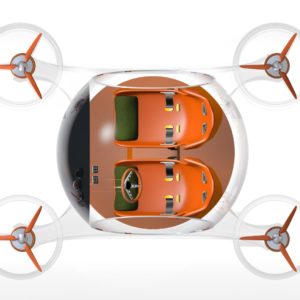
How much will flying cars cost?
The cost of flying cars is likely to be high, at least in the early stages of development and production. This could limit their accessibility and affordability. However, as the technology advances and becomes more widely adopted, costs may decrease over time.

Conclusion
Well, there you have it – an overview of the world of flying cars. While the concept may seem like something out of a science fiction movie, the truth is that it is becoming more of a reality with each passing day. While there are still challenges to overcome, the potential benefits of flying cars are too great to ignore.
Don’t forget to follow us on Twitter or Instagram.
